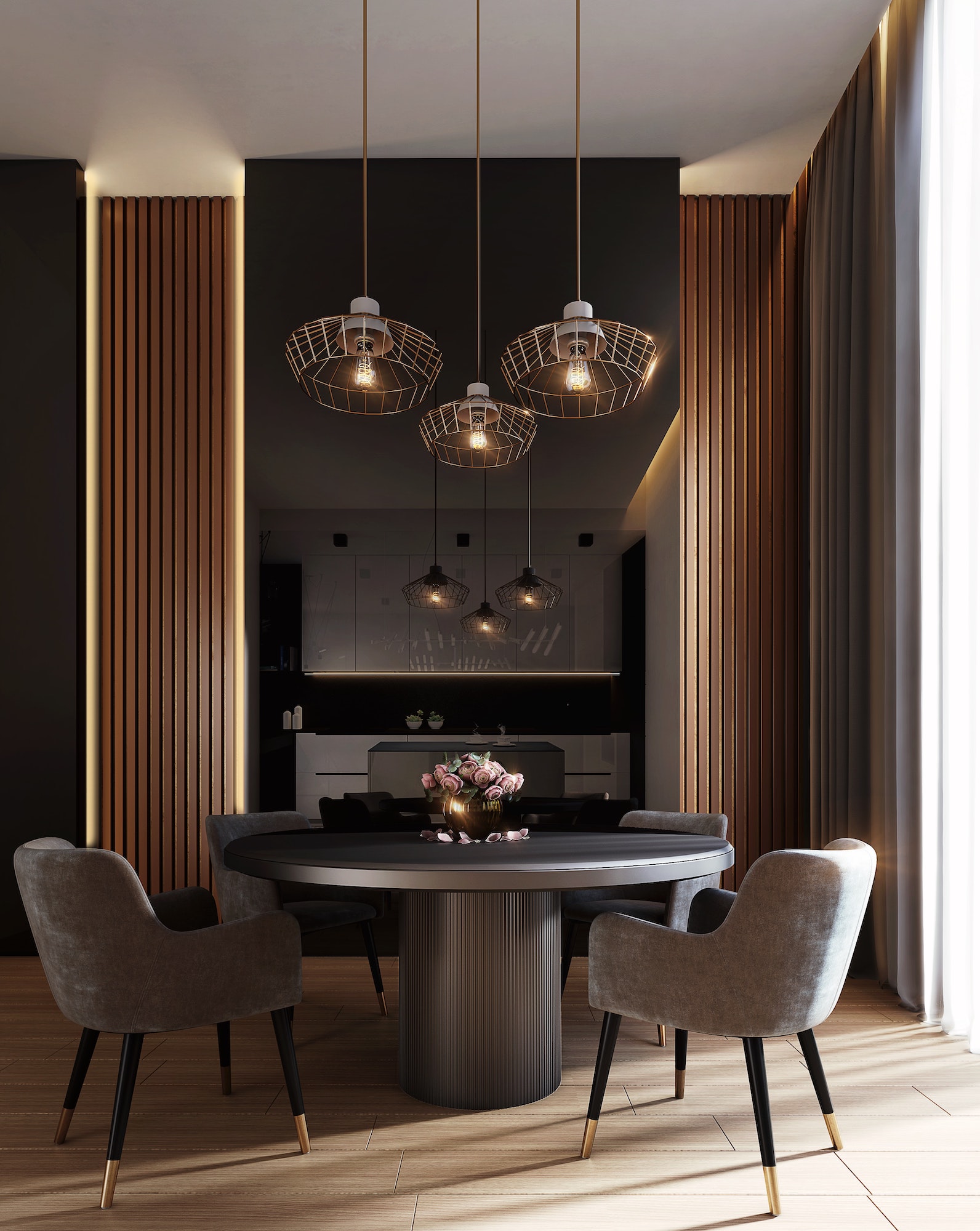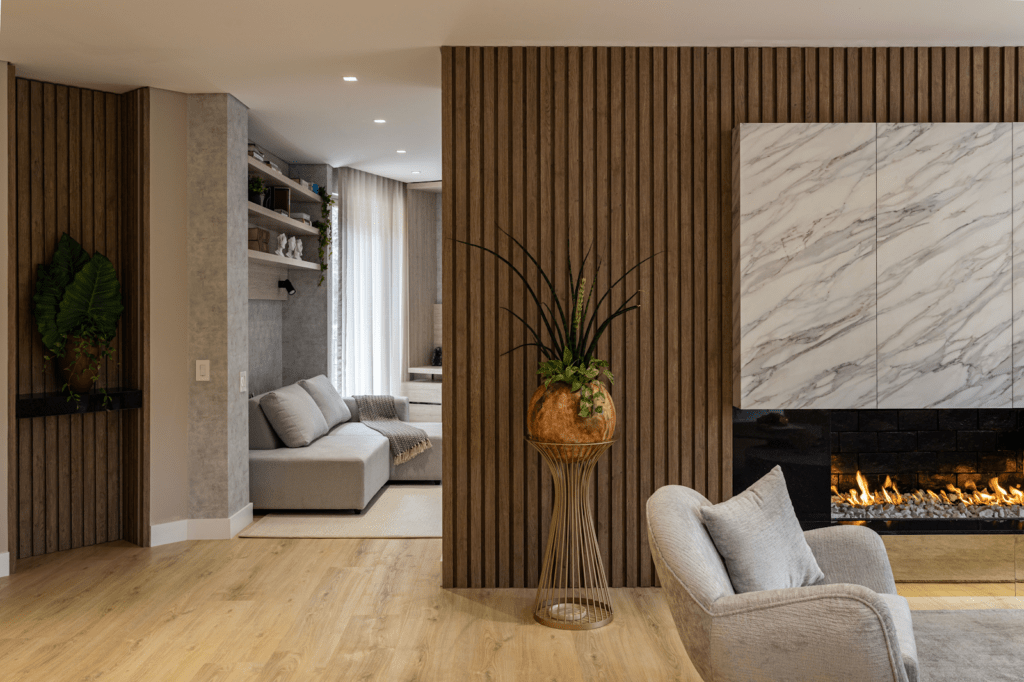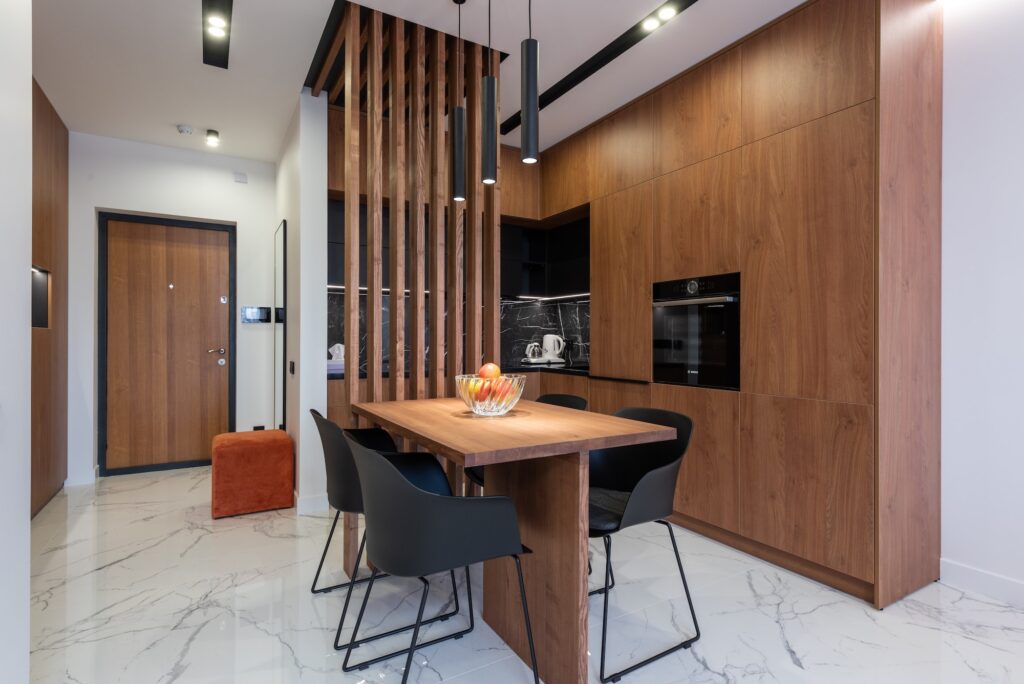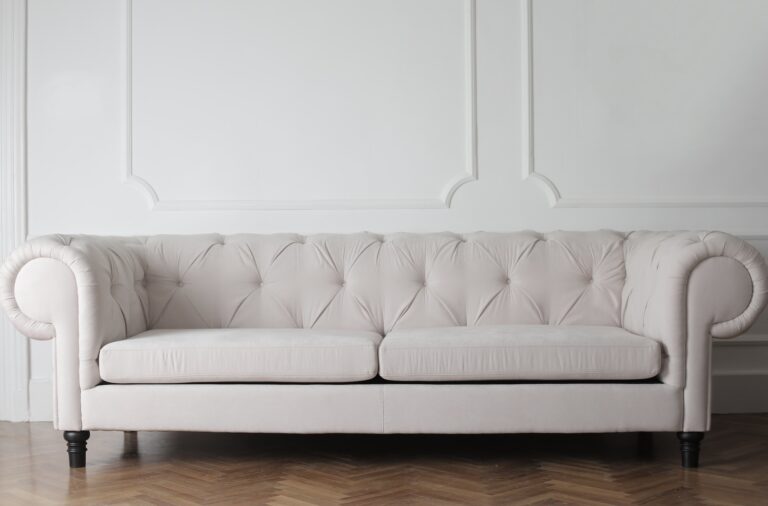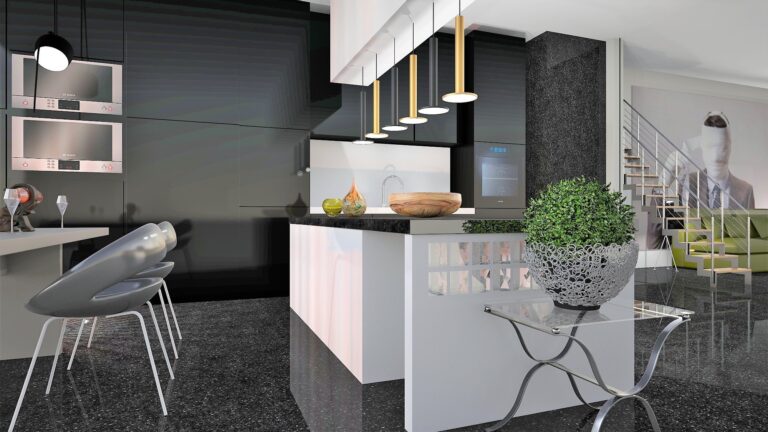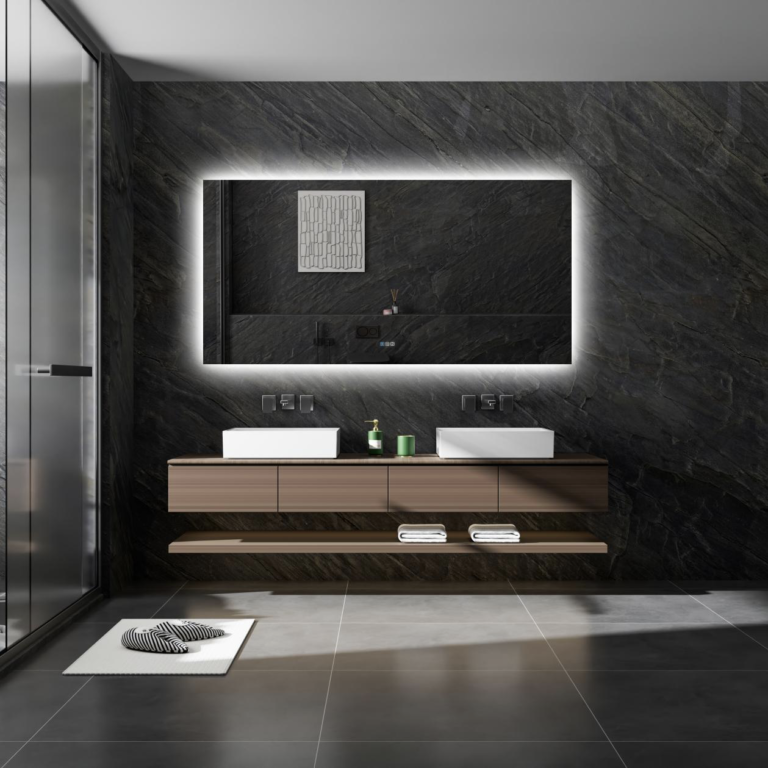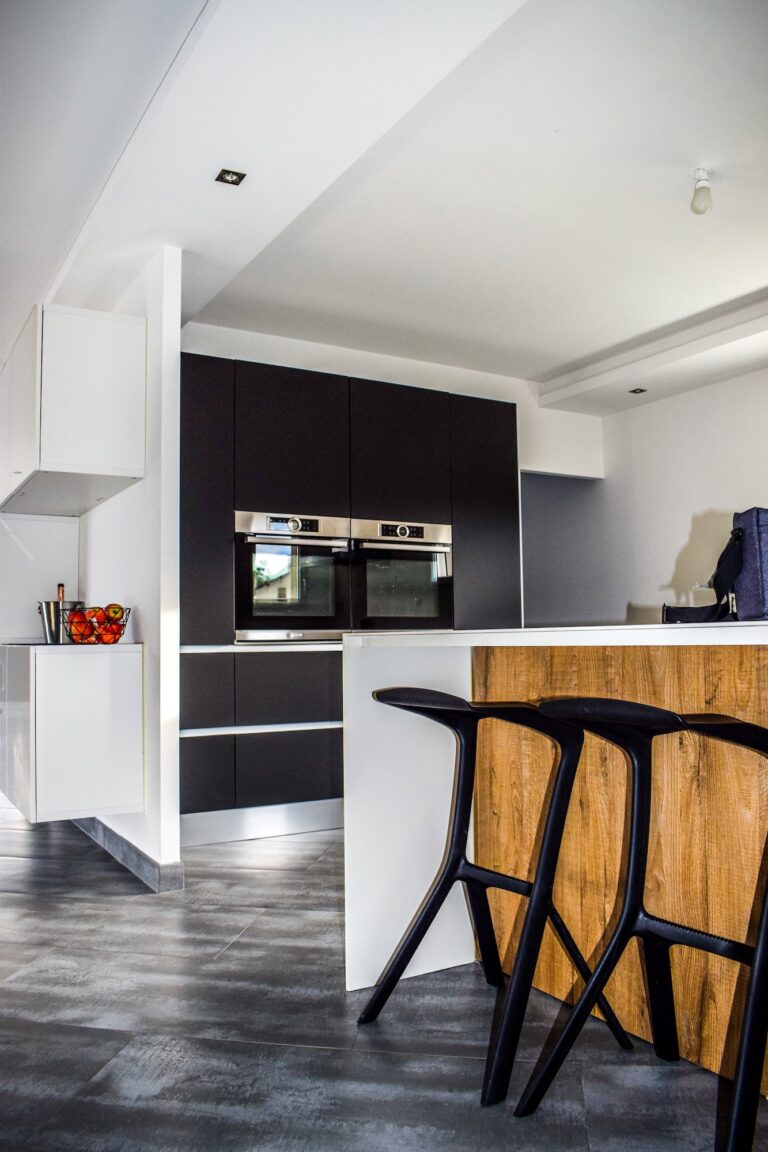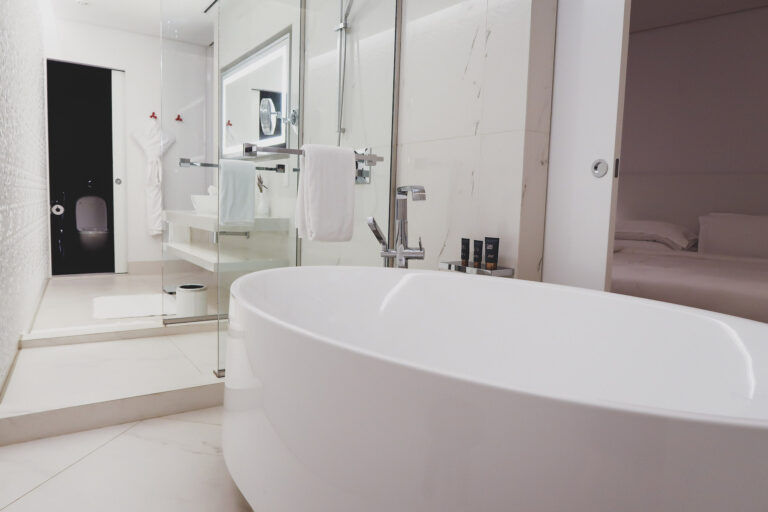5 Interior Design Top Tips and Tricks
Whether you are remodeling your home or aspiring to be a professional interior designer, here are some pointers and interior design fundamentals to get you started.
If you try to dive into the world of interior design all at once, everything from color schemes to area rugs can become overwhelming. But with a few helpful tricks, even a cheap chest of drawers can become a shining bright spot in your home design.
The creation of a home interior design style that you love can prove a rewarding experience. All you need is the advice of an interior designer, which is easy to get by. But before you start searching “interior designers near me,” keep reading! We have compiled the best insider tips and methods to help you build your ideal house while having fun!
5 Interior Design Top Tips and Tricks
What Is Interior Design?
Interior design is a profession that focuses on building and interior planning, producing coherent and aesthetically desirable designs for house interiors and businesses.
Professional interior designers must have specialized education and professional training, so when you choose an interior design company for your project, make sure to check out their portfolio first to ensure they can deliver the quality you expect. However, there is a lot you can do in your own home without any formal training.
Interior Design Fundamentals: Three Design Principles
When getting started with your designs, keep the following interior design fundamentals in mind:
1. Style. Choosing an interior design style at the outset will assist you in keeping your space cohesive and focused. There are several decorating styles to pick from, such as shabby chic, mid-century modern, industrial, Scandinavian, or cottage. Many of them have their own distinct design components, color schemes or color palettes, window treatments, floor layouts, and even wall-art styles. Acquaint yourself with a variety of styles, including current design trends, to obtain a sense of what styles and decorating concepts you prefer.
2. The focal point. A clear focal point should be present in each room: an interesting or beautiful thing—such as a piece of art, a fireplace, or a lovely couch—that catches viewers’ attention. Make sure you do not get carried away here; if there are too many focal points in a single room, then it will be chaotic and distracting and will feel cluttered rather than well-designed.
3. Balance. To establish balance in every area, you will need to spread the visual weight of your furniture and decorations. Think about scale (big and small items), texture (hard and soft items), and placement (high, eye-level, low, left, and right). You can design rooms that feel finished and well-balanced by paying attention to subtle contrasts within a single space.
Don’t Begin in the Furniture Store
Most people have heard the advice not to go grocery shopping when feeling hungry because it leads to poor decisions. The same goes for furniture stores — do not go shopping in a rush simply because you have an empty home.
Yes, you need a sofa. But if you select a particular couch just because you like it at the shop, without checking the dimensions or thinking about the rest of the space, you are stuck with it. The rest of the living area will have to be designed around that couch, and if it is too big for the space, it will look awkward for the rest of its life.
Understand Your Measurements
It is critical to match the scale of furniture to the scale of a room. A large sectional sofa may easily overshadow a tiny space, while slimline chairs might seem lost in a large open loft.
Before you start planning, measure the length and breadth of each space you wish to decorate, along with the ceiling height and items that may get in the way – stairs, posts, pipes, and other obstructions.
To prepare for window coverings, measure the window openings as well as the wall space beneath, above, and to the sides of each one.
Make a Floorplan
Once you have your room measurements, you can use them to create a floor plan that gives you a bird’s eye view of the entire house. This is where the exciting potential of 3D interior design comes into play.
One option is to draw a floor plan on paper with a pencil and a ruler the old-fashioned way. However, most experienced designers are now turning to more advanced techniques, which include 3D interior design. Connecting with a company that offers 3d interior design services can be advantageous, as this method brings your visions to life with unparalleled detail and realism. Software such as AutoCAD offers detailed and immersive 3D visualizations of spaces, allowing for a more realistic and interactive design experience.
Between those two extremes are apps like Magicplan, Floor Plan Creator, and RoomScan Pro, which aim to make it simple for householders to create simple floor blueprints. Some of these apps can even integrate elements of 3D interior design, offering a more dynamic view of your space (though some automate measuring with your smartphone’s camera, but you should double-check those numbers as they may not be accurate).
Once you have sketched out the area, begin experimenting with furniture arrangement in your 3D interior design model, making sure that the footprint of each piece is sized to fit the dimensions of the space. This approach not only saves time but also allows you to visualize your design choices in a more tangible, realistic way.
Choose Your Way of Life
This is the difficult part of the planning process because there are no correct or incorrect answers. It is all up to your personal taste. Rooms might be formal or relaxing, classic or modern, and aesthetically warm or chilly.
A home for someone who routinely throws huge dinner parties, for example, should be decorated differently from a home for someone who eats out every night. Someone who wishes to hold costly fundraisers should have a separate living room from someone who just wants to nap in front of the TV.
Choose three to five colors that will be noticeable in your house. If you are undecided, choose a tone depending on the mood you want to convey with your house’s interior design. Use your clothes as a guide instead, as we prefer to purchase clothes in colors that complement our personalities.
Once you have made your decision, work room by room because each will require a different ratio of your selected colors. Furthermore, the accent colors may differ.
Plan the Phases
Finishing drywall, refinishing hardwood floors, and painting ceilings are all messy work. If at all possible, it is better to have this type of work completed before moving any furniture or accessories into the space.
If it can’t be avoided, seal large furniture under plastic drop cloths and accessories in boxes with tape to protect them.
Remember, take it slowly, plan things out carefully, and ensure that you’re following your plans at every step. The old adage “measure twice, cut once” applies to interior decorating too!

